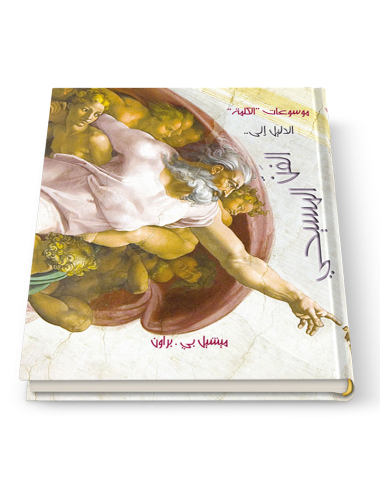the nineteenth of maquerk, based on proverbs 13:4
Sometimes Laziness has its own Reward
0.12 kg - 300 kg
Sometimes Laziness has its own Reward
Children can understand the importance of listening to others when they see how one proud insect learns her lesson in a most of unfortunate way.
It is not a book about the religion of the churches but an effort to interpret the whole contemporary situation from the point of view of one who constantly inquires what fundamental faith is expressed in the forms which civilization takes.
Originally published more than 125 years ago in the Elsie Dinsmore series, these newly-updated stories introduce another young girl whose strong faith is a powerful example for today's girls---Violet Travilla, the daughter of Elsie Dinsmore. Violet is a fourteen-year-old Christian girl growing up in the late 1800s. Today's readers will find it easy to identify with Violet's growing faith and struggle toward maturity. Book one begins in 1877, when creative, independent fourteen-year-old Violet learns that growing up brings new problems, feelings, and questions. As the entire Travilla family faces a tragic loss, Violet discovers that true faith defeats even hidden doubts.
This book is the companion piece to The Eternal Now and The New Beinشg. This is the most profound and important book of the three. Very readable (in contrast to acedemic theology) because these sermons were delivered live. Definitely Spirit-guided ministry. This work is very important in helping us to understand the difference between small spirit and large Spirit.
Sometimes Laziness has its own Reward
In Violet's Turning Point, Vi Travilla and her friends visit New York City. They expect a summer holiday filled with shopping, sightseeing, and social occasions in America's most exciting city, but things quickly become complicated.
What will this journey add to her life? Violet is courages and calm, likes the adventure and is fearful, she is showing the reader her special character.
She is a sample for young girls in this time.
WHAT IS RELIGION ? by Paul Tillich, Translated by Mejahed Abdelmeaim mejahed, combines three works originally written in German, one of which was published in 1925. The two works in the final third of the book were presented to meetings of Kant-Gesellschaft in 1919 and 1922, and may now be found mainly in Gesammelte Werke volumes I and IX...
These 16 sermons contain in concentrated form some of Tillich's most lambent themes. Although they were first published in the early 1960s, the pieces in question take up preoccupations which continue to haunt us at the beginning of the 21st century.
What can a fingernail tell us about the mysteries of creation? In one sense, a nail is merely a hunk of mute matter, yet in another, it’s an information superhighway quite literally at our fingertips. Every moment, streams of molecular signals direct our cells to move, flatten, swell, shrink, divide, or die. Andreas Wagner’s ambitious new book explores this hidden web of unimaginably complex interactions in every living being. In the process, he unveils a host of paradoxes underpinning our understanding of modern biology, contradictions he considers gatekeepers at the frontiers of knowledge.
Christianity has been a central force in the shaping of western culture. It is not surprising, therefore, that the greatest artists down the centuries have sought to paint its story. This book tells the history of Christian art, exploring the purpose behind the masterpieces and looking at the context in which they were created. The modern secular reader who feels detached from the meaning of the paintings will be helped to understand their emotional as well as their asethetic power. And the Christian reader will be encouraged to explore further the wonder and beauty of the Christian cultural legacy. The book includes a final chapter on the way modern artists are continuing and changing the legacy.













